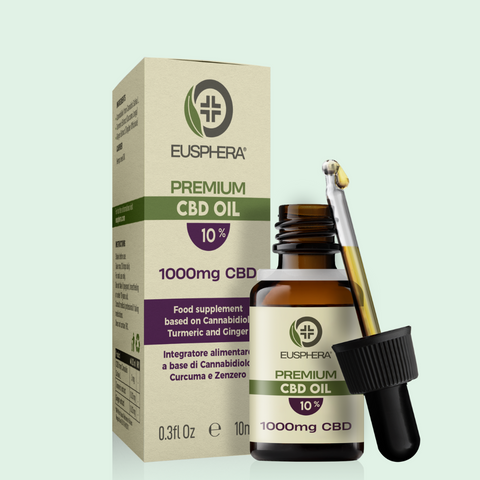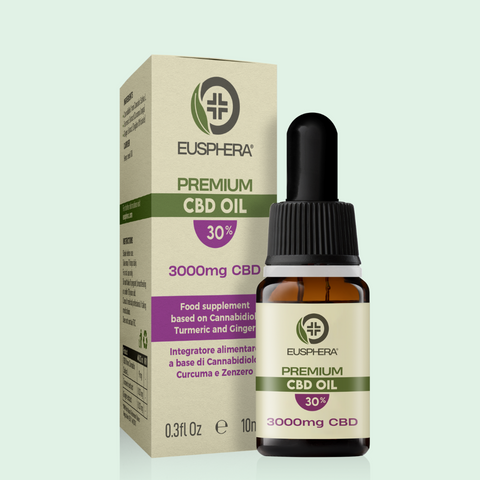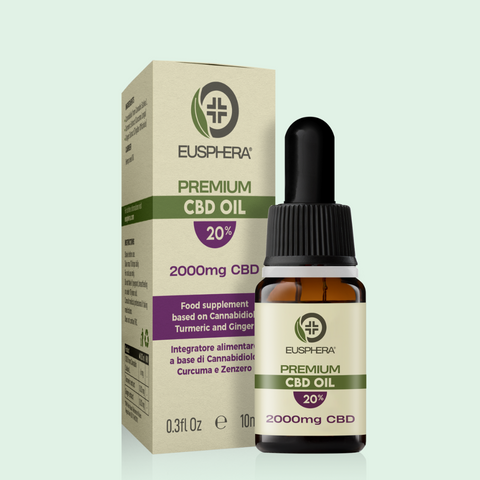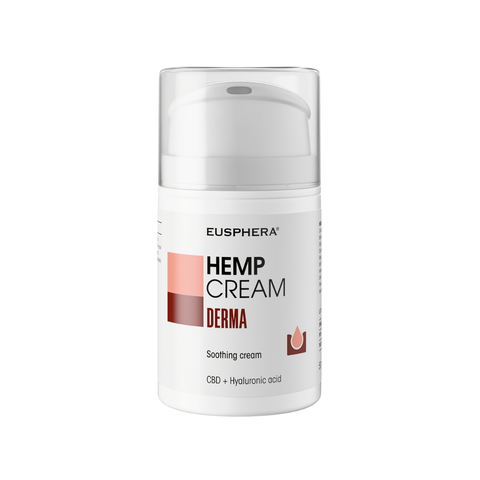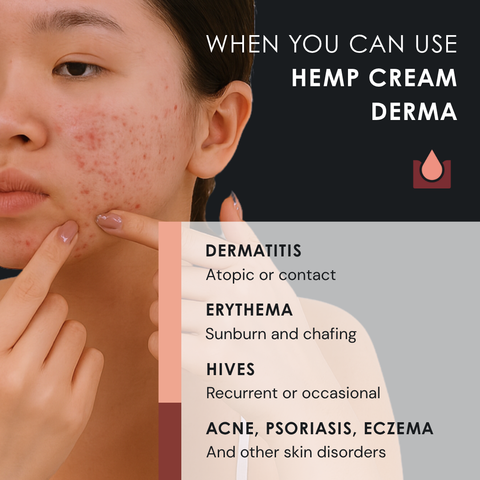With the arrival of the summer season, characterized by high temperatures, increased humidity, and a greater presence of parasites, there is a rise in cases of seasonal dermatitis in dogs. Outdoor walks can, in fact, promote skin symptoms such as:
● itching,
● redness,
● scabs,
● localized hair loss.
There is no need to worry: alongside traditional veterinary treatments, there are natural remedies supported by scientific evidence that can help relieve the symptoms of summer dermatitis in dogs. These natural strategies help reduce inflammation and promote a faster healing process, allowing for limited use of corticosteroids when possible.
In the following paragraphs, we’ll look at what summer dermatitis is, why it occurs, and, most importantly, which natural remedies you can start using right away.
What Is Summer Dermatitis in Dogs
Summer dermatitis in dogs is a skin inflammation that worsens during warmer months. What causes it? In predisposed dogs, those with thick fur or sensitive skin, the combination of heat and humidity creates an ideal environment for bacterial and fungal proliferation, as well as for the irritating effects of pollen and insect bites. The condition resembles atopic dermatitis but with a more clearly defined seasonal pattern.
Main Causes of Summer Dermatitis in Dogs
- Heat and sweating (yes, dogs do “sweat,” though in a limited way—only through the eccrine glands in their paw pads and the apocrine glands scattered across the skin).
- High humidity, which disrupts the skin's hydrolipidic film and facilitates skin maceration.
- Seasonal allergies to pollen, spores, and grasses: summer dermatitis is often a complication of allergic rhinitis.
- Parasites (fleas, mites, mosquitoes): bites from these insects, especially abundant and active during the warmer months, cause itching and a localized inflammatory reaction.
- Diet: if it lacks essential fatty acids or is unbalanced between omega-3 and omega-6, the skin can become dry, irritated, and prone to inflammation due to a weakened skin barrier function.
Most Common Symptoms of Summer Dermatitis in Dogs
Recognizing the signs early allows for prompt intervention with natural treatments for summer dermatitis in dogs, helping to prevent complications like secondary infections.
Here are some of the most frequent symptoms:
● Intense itching, especially on the belly, groin folds, legs, and ears
● Widespread erythema, with red, moist patches
● Papules, pustules, scabs, and dandruff
● Hair loss due to constant licking or rubbing
● Strong odor from the skin caused by bacteria or Malassezia overgrowth
● Irritability, frequent licking, and head shaking
Natural Remedies to Relieve Summer Dermatitis in Dogs
Fortunately, there are several natural and effective remedies to relieve the symptoms of summer dermatitis in dogs and help prevent it from recurring. These include maintaining a balanced diet, ensuring proper daily hygiene, and using targeted soothing treatments such as natural oils, calming compresses, and CBD oil, which can benefit both the skin and the dog's emotional well-being.
1. Diet and Supplements to Fight Summer Dermatitis
Can diet really make a difference for dogs? In recent years, growing attention has been given to this topic, not just for (possible) weight issues. Omega-3 fatty acids (found in fish oil or algae oil) and lauric acid (found in coconut oil) help reduce skin inflammation.
A recent research has shown that using coconut oil, both topically and orally, can lower allergy markers in the blood and boost immune defenses in cases of dermatitis.
A practical tip: add 1 gram of fish oil for every 10 kg (22 lbs.) of body weight or mix half a teaspoon of virgin coconut oil into your dog’s daily food.
2. Skin and Coat Hygiene
The first step in treating summer dermatitis in dogs is proper cleansing, in order to:
· Remove allergens (like pollen and dust) from the skin
· Soothe itching and reduce inflammation
· Prevent infections caused by bacteria or yeast, which thrive in heat and humidity
It’s important to give lukewarm baths using gentle shampoos with colloidal oatmeal, followed by thorough drying with a warm (not hot) blow-dryer to avoid moisture buildup. Don’t forget daily brushing to remove dead hair and promote skin ventilation
3. Soothing Natural Oils (Coconut, Neem, Calendula)
● Coconut oil: According to some studies, applying it twice a day for four weeks helps create an antibacterial lipid barrier and reduces bacterial colonization.
● Neem oil: Thanks to its active compound called azadirachtin, it acts as a natural repellent against fleas and mosquitoes. Recent research also shows it can help relieve itching in dogs with skin issues.
● Calendula: Contains natural compounds that support skin repair and renewal. Several studies have shown that it can be effective in speeding up the healing of skin wounds.
4. Aloe vera and Soothing Chamomile Compresses
· The key component of aloe vera is called acemannan. Thanks to this substance that helps reduce skin inflammation, it can safely speed up the healing process in dogs when applied to irritated areas.
· Chamomile also has calming effects. But how do you make a compress? Prepare a concentrated chamomile infusion, let it cool in the fridge, and gently dab it onto the red, irritated areas twice a day for a soothing effect (chamomile is rich in natural antihistamine properties).
5. CBD Oils: Benefits for the Skin and Overall Well-Being of Dogs
CBD oil can also be used to help relieve the symptoms of summer dermatitis in dogs. Cannabidiol works by interacting with special receptors in the dog’s skin, helping to:
· Soothe inflammation-related symptoms,
· Reduce the release of histamine, the substance responsible for itching.
Recent studies on dogs show that regular use of CBD oil for 8 weeks significantly improves both visible skin symptoms and persistent itching. A 2023 study also confirmed that administering dogs 2 mg of CBD per kg of body weight can greatly reduce both itching and the presence of inflammatory cells in the skin. In addition to these benefits, CBD has proven particularly effective in managing anxiety in our four-legged friends.
The most suitable product? We recommend EU4DOG – Broad Spectrum CBD Oil 5%, specifically formulated for canine physiology with certified hemp extracts and no THC.
Dosage? 1 drop per 5 kg (11 lbs.) of body weight, twice a day, either orally or directly on the affected area (preliminary skin test recommended).
The Importance of Veterinary Advice
Natural remedies for summer dermatitis in dogs can be a valuable aid in relieving symptoms, but they are not a substitute for professional diagnosis and treatment. Always consult your veterinarian to rule out bacterial or fungal infections that may require targeted antibiotic or antifungal therapy, to perform allergy tests in case of recurring issues, to assess the need for an integrated parasite control plan, and to determine the correct dosage of CBD oil based on your dog’s clinical condition and any ongoing treatments.
